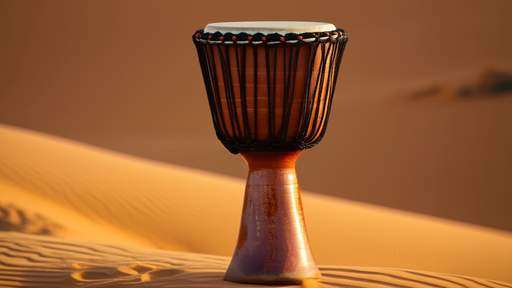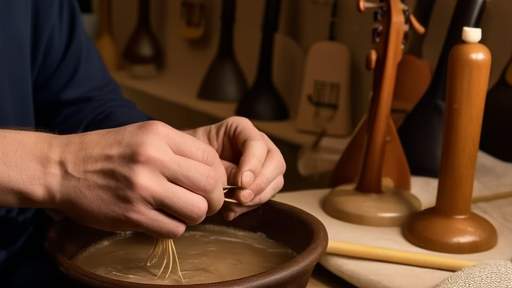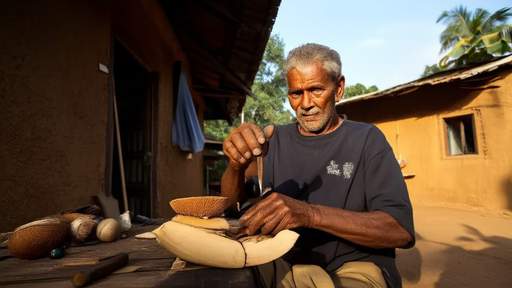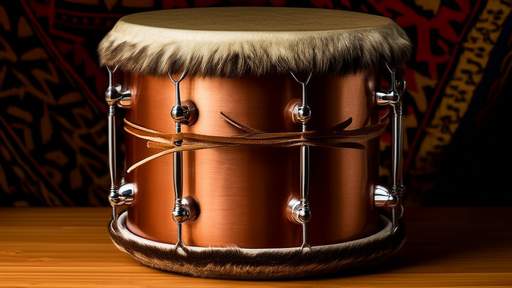The ektara, a traditional one-stringed instrument deeply rooted in the folk music of Bangladesh, carries a simplicity that belies the complexity of its craftsmanship. At its heart lies the gourd resonator, a natural amplifier that shapes the instrument's distinctive sound. The drying process of this gourd is not merely a step in construction but a ritual that bridges nature and music, demanding patience, knowledge, and an intimate understanding of materials.
Gourds selected for the ektara are typically harvested at peak maturity, when their shells have hardened but retain enough moisture to allow for carving. The initial cleaning involves scraping out the fibrous inner pulp and seeds, leaving behind a hollow chamber. This stage is critical; any residual moisture or organic matter can lead to mold or warping during drying. Artisans often use curved knives and spoons to meticulously clean the interior, a process passed down through generations.
Unlike industrial drying methods, traditional gourd drying for the ektara relies on ambient conditions. The gourds are placed in shaded, well-ventilated areas, away from direct sunlight which could cause uneven shrinkage or cracking. In rural Bangladesh, it’s common to see these gourds suspended from rafters or nestled in woven bamboo racks, where air circulates freely. The drying period can span weeks or even months, depending on humidity levels. Artisans monitor the gourds daily, rotating them to ensure uniform evaporation.
The transformation during drying is both physical and acoustic. As moisture leaves the gourd walls, the material contracts and hardens, creating a lighter yet more rigid structure. This change is crucial for sound projection; a properly dried gourd produces a brighter, more resonant tone compared to its undried counterpart. The thickness of the gourd walls also plays a role—thinner walls vibrate more freely but risk becoming brittle, while thicker walls offer durability at the cost of tonal warmth. Skilled makers strike a balance by selecting gourds with naturally even wall thickness.
Regional variations in climate across Bangladesh influence drying techniques. In the humid river deltas, artisans might lightly smoke the gourds over smoldering rice husks to deter insects and accelerate moisture loss. In drier northern regions, a coat of mustard oil is sometimes applied to the exterior to prevent excessive cracking. These adaptations highlight the resourcefulness of ektara makers, who work in harmony with their environment rather than against it.
One often-overlooked aspect is the role of time in the drying process. Rushing this stage can compromise the instrument’s longevity and sound quality. Veteran craftsmen speak of "listening" to the gourd—tapping it gently during drying to assess changes in pitch and resonance. A high, clear tone indicates sufficient dryness, while a dull thud suggests more time is needed. This tactile relationship between maker and material is a hallmark of traditional instrument building.
Modern challenges threaten these time-honored practices. Climate change has introduced unpredictable weather patterns, making consistent drying more difficult. Some younger craftsmen experiment with controlled dehydration techniques, though purists argue this alters the gourd’s natural acoustic properties. Meanwhile, synthetic alternatives like fiberglass resonators emerge, but lack the organic warmth that defines the ektara's voice.
The dried gourd’s final test comes during assembly. When the neck and string are attached, any imperfections in the drying process become apparent—a slight warp might cause buzzing, or uneven density could dampen certain frequencies. The best resonators exhibit a symmetry and hardness that allow the string’s vibrations to travel unimpeded through the gourd’s body, creating that haunting sustain characteristic of well-made ektara.
Beyond functionality, the dried gourd carries cultural symbolism. Its organic shape and earthy tones connect the music to the land itself. In Baul traditions, the hollow gourd represents the human body as a vessel for spiritual sound—a metaphor made literal through craftsmanship. The drying process, then, becomes a kind of alchemy, transforming a humble vegetable into a conduit for artistic expression.
Preserving these techniques is about more than maintaining sound quality; it’s about safeguarding a holistic approach to instrument making. From seed selection to final tuning, every step in the ektara’s creation reflects a dialogue between human ingenuity and natural materials—a dialogue increasingly rare in our mass-produced world. As listeners marvel at the instrument’s haunting melodies, few realize the silent artistry hidden in something as seemingly simple as a dried gourd.

By /Jun 6, 2025

By /Jun 6, 2025

By /Jun 6, 2025

By /Jun 6, 2025

By /Jun 6, 2025

By /Jun 6, 2025

By /Jun 6, 2025

By /Jun 6, 2025

By /Jun 6, 2025

By /Jun 6, 2025

By /Jun 6, 2025

By /Jun 6, 2025

By /Jun 6, 2025

By /Jun 6, 2025

By /Jun 6, 2025

By /Jun 6, 2025

By /Jun 6, 2025

By /Jun 6, 2025

By /Jun 6, 2025

By /Jun 6, 2025